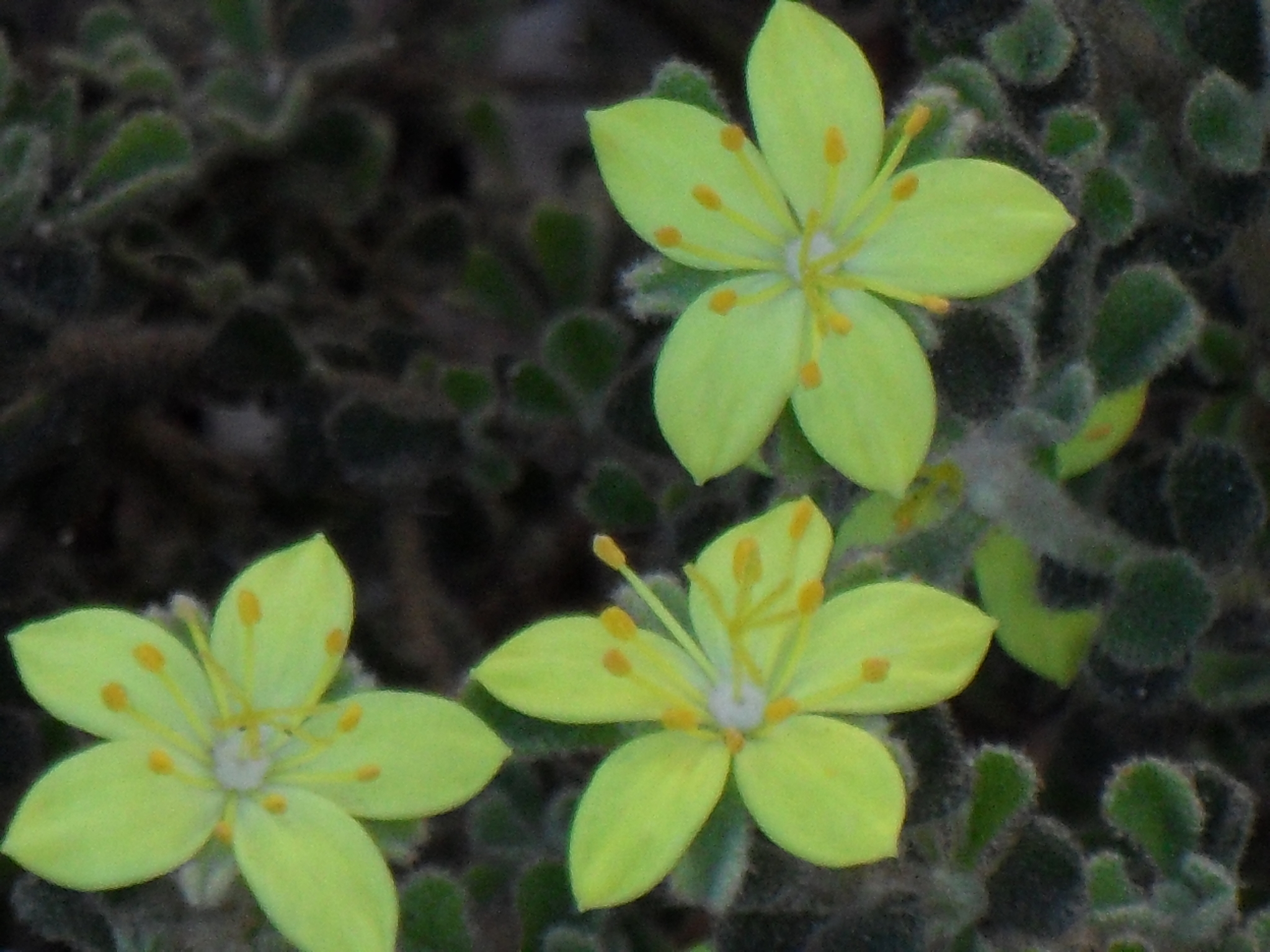
Latinisation of the Greek phibalee, a poetic name for the myrtle, which the type species, P. squamulosum, resembles.
Shrubs or small trees. Leaves alternate, entire or toothed. Flower clusters axillary or terminal, occasionally solitary. Flowers bisexual, mostly 5-parted. Sepals united into a 5-lobed cup. Petals 5, not persistent in fruit. Stamens 10, free, spreading. Ovary of 5 carpels, each with 2 ovules, sometimes united at the base, the tip beaked; styles united. Fruit of 1-5 parts, the black or dark brown seeds dispersed explosively.
Grown for the fine aromatic foliage and small, starry, scented flowers.
The current name for Phebalium squameum is Nematolepis squamea (Labill.) Paul G.Wilson, and Phebalium dentatum is now Leionema dentatum (Sm.) Paul G. Wilson. The earlier names are retained here for convenience.
Cuttings.
Some species are used for timber, others have potential as cut flowers.
Sepals, petals and stamens 5, the latter spreading.
About 50 species endemic to Australia.
Wilson (1970, 1998b).
Source: (2002). Rutaceae. In: . Horticultural Flora of South-eastern Australia. Volume 4. Flowering plants. Dicotyledons. Part 3. The identification of garden and cultivated plants. University of New South Wales Press.
